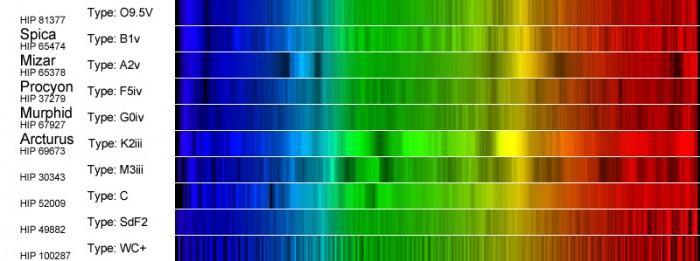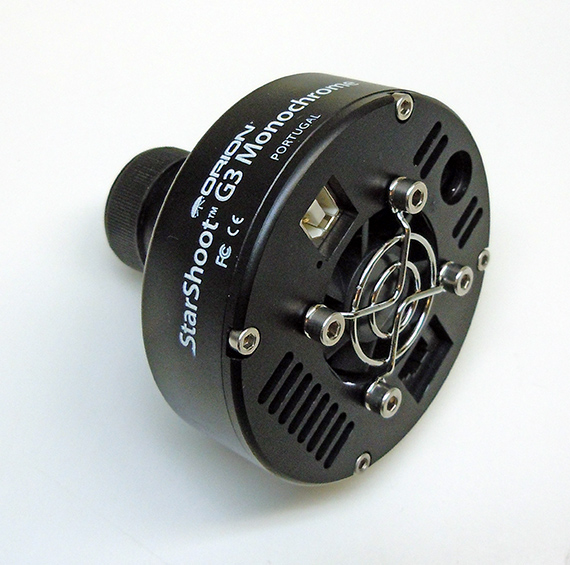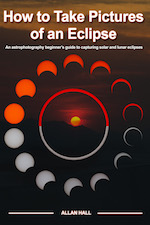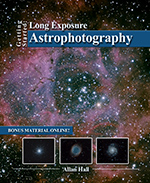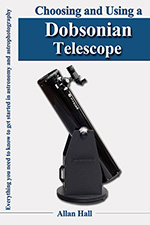I recently purchased an ATIK 383L Mono CCD to branch out into mono imaging. I have been using my Nikon D7000 DSLR as my primary imaging camera for years but recently decided that it was time to make the step up to the big leagues and do some serious narrowband imaging. After looking around for a while I decided that the ATIK 383L Mono CCD Camera with Kodak KAF8300, 3362H x 2504V Sensor, 5.40um Pixels, USB 2.0, Thermoelectric Cooling available on amazon would make an excellent camera to start with.
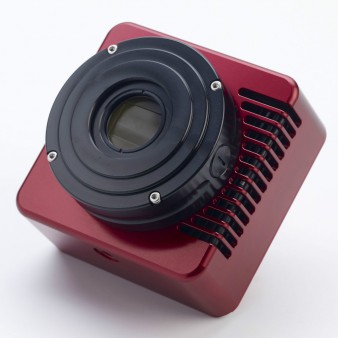

Of the few shots I have made I have learned that just shooting with this thing as monochrome and not using anything but a light pollution filter creates amazing image. Sure, I like the beautiful color images you can create of celestial objects as much as the next person but the mono images this thing can take will stop you in your tracks.
I am also pleased with the size and weight of this camera. It is lighter than my DSLRs as well which is always a concern when doing astrophotography. I was amazed at how quiet it is as well considering the size of the fan.
Over all, so far I am impressed. If you get the chance to play with a ATIK 383L Mono CCD I am sure you too will enjoy it.
You can get detailed specifications on the KAF8300 sensor used in this from Kodak.
Share this post!





